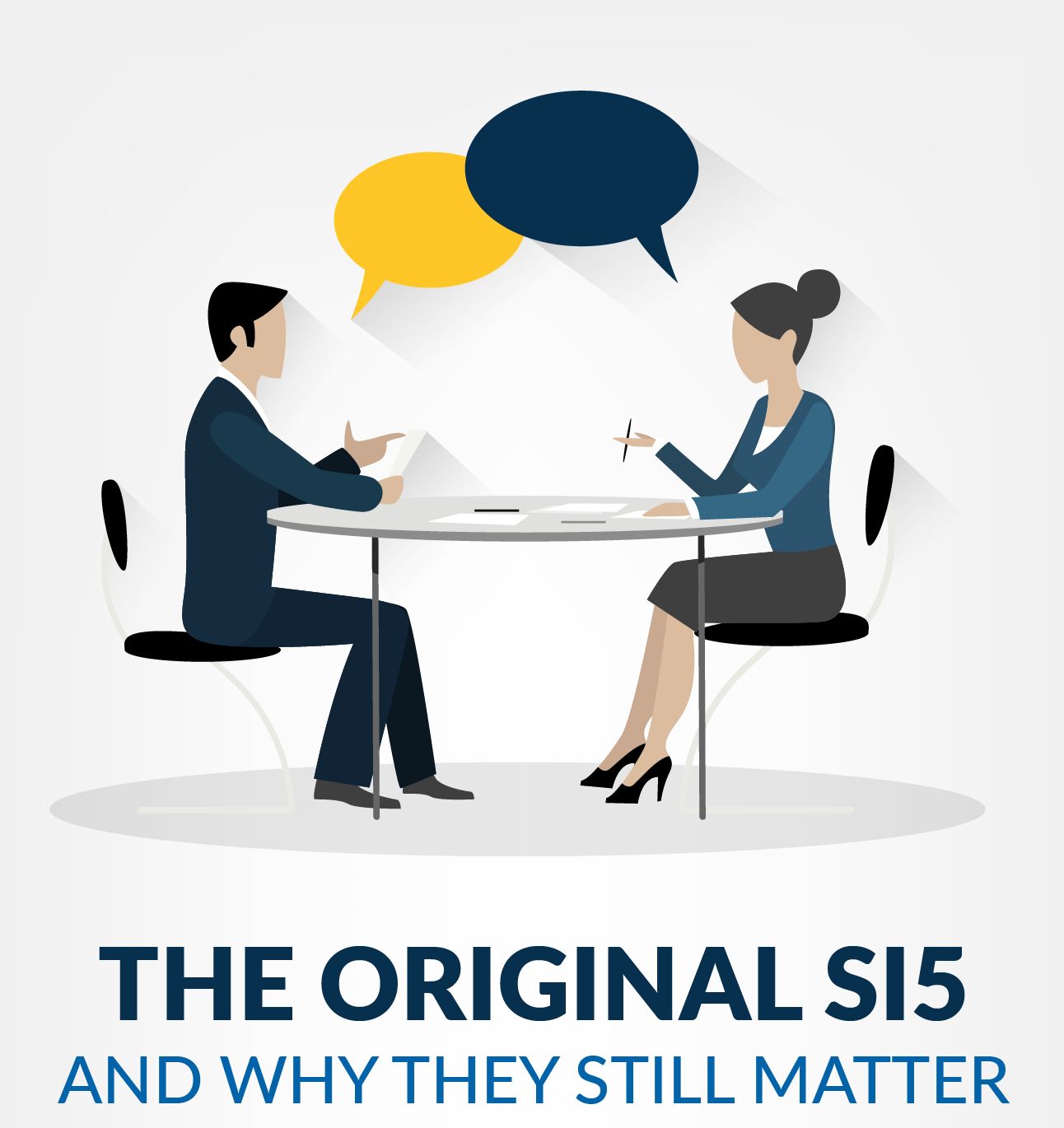Most hiring tools answer whether candidates can and will do the job, but not if they’ll stay. Learn how realistic job previews and motivational-fit interviews can improve retention from day one.
The Original SI5 and Why They Still Matter

Why is now the right time for Stay Interviews
One hundred percent of recent CEO surveys say CEOs’ greatest obstacle is about people…can’t find ‘em, can’t engage ‘em, can’t keep ‘em. The “can’t keep ‘em” problem has been increasing for the past eleven years, whereas employee engagement has been stuck for more than twenty years. One study says we are spending $1.5 billion each year to fix engagement, while the results would say we are flushing those dollars instead. These are not new problems, but they are screaming for new solutions.
The time is right, then, for Stay Interviews. The aforementioned $1.5 billion is likely devoted to surveys…in the form of employee surveys, engagement surveys, and exit surveys…which must now be called a failure. All acknowledge surveys provide data, and sometimes lots of it, but no evidence suggests these surveys provide solutions. The inherent belief that solutions come easy is chock-full of bad assumptions. The shallow good news is surveys provide data, but the deeper, bad news is surveys do not provide solutions.
Stay Interviews build trust for employee retention
What’s missing? Start with this little-known but most-powerful fact: The number one reason employees stay versus leave, and engage versus disengage, is how much they trust their boss. Now list the top three things your company has done to improve employee engagement and retention. Draw lines through any that are about pay, or benefits, not one-size-fits-all programs. Then if any solutions remain, ask yourself if they truly make your supervisors on every level better. In fact, go one step further and ask yourself if these solutions help your supervisors build trust.
Stay Interviews are the method companies who cut turnover successfully use to build trust one-on-one between employees and supervisors. Using the SI5, five heavily-researched and proven questions, direct supervisors listen, probe, and uncover the motivations and concerns of employees. Then forecasts, goals, and accountabilities wrap around the Stay Interviews to create a comprehensive turnover solution that cuts turnover 20% or more, even during The Great Resignation.
Imagine that tomorrow your manager says to you, “I’d like to schedule a meeting to learn about you, to know specifically what I can do to make working here better for you.” The power of Stay Interviews starts here.
Start with this Stay Interviews infographic
This infographic walks you through the Stay Interview process. Each question has been heavily researched to yield the most important information regarding individual employee’s needs, wants, intentions to stay, obstacles to contributing more, and most importantly what actions each manager can take to build trust. The most critical answers stem from probes that follow each question, those open-ended follow-ups like “Tell me more about that”, “Can you give me an example?”, and “How important is that to you?”
Stay Interviews in the news
Want to see the real impact Stay Interviews can have on an organization? Our client Quest Diagnostics was featured in an NBC News report on Stay Interviews as an important business tool. The outcome was honest and shows the trajectory of an employee’s skepticism to relief in being heard. It also closes with great advice for how employees can prepare for Stay Interviews to get the most out of it for themselves.
Use Stay Interviews to Improve Employee Retention, Even During The Great Resignation
Schedule a conversation with me at DFinnegan@C-SuiteAnalytics.com to discuss your employee retention roadblocks and I’ll share ideas for how you can move forward and what is working for other companies to cut turnover by 20% and more, even during The Great Resignation that may benefit you.

Click below to embed this infographic into your website:



